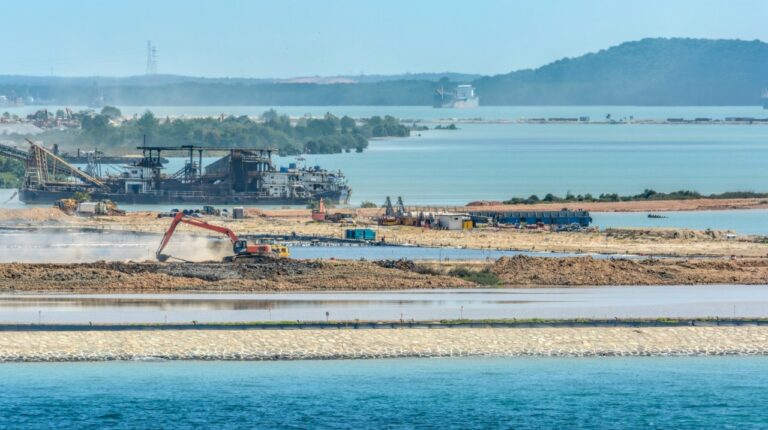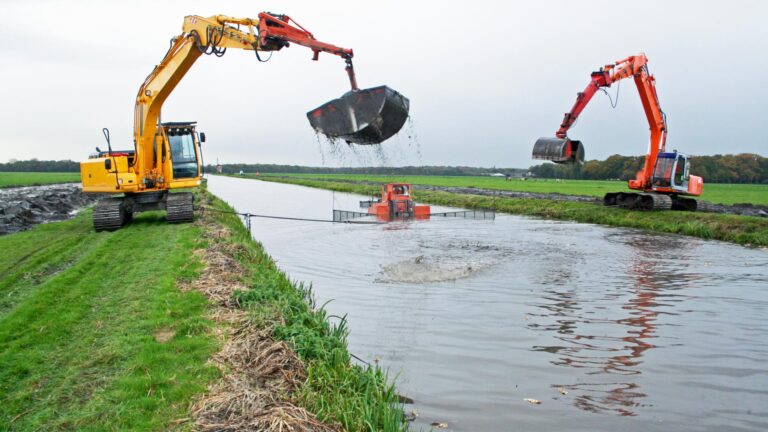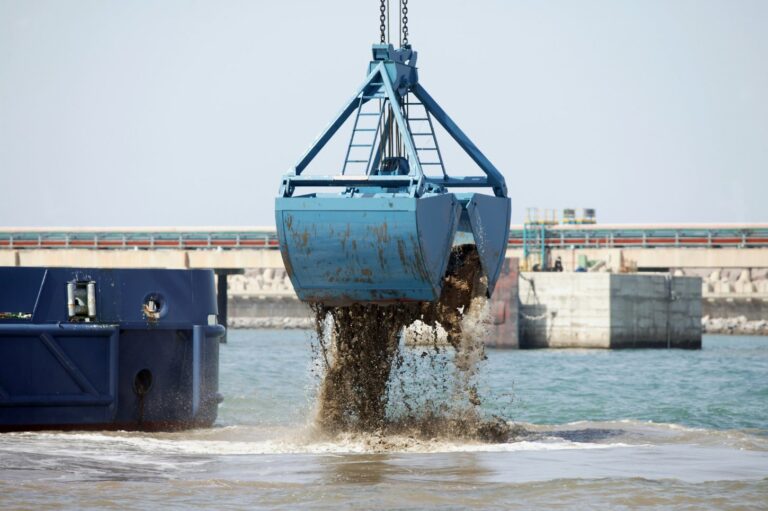Book Appointment Now
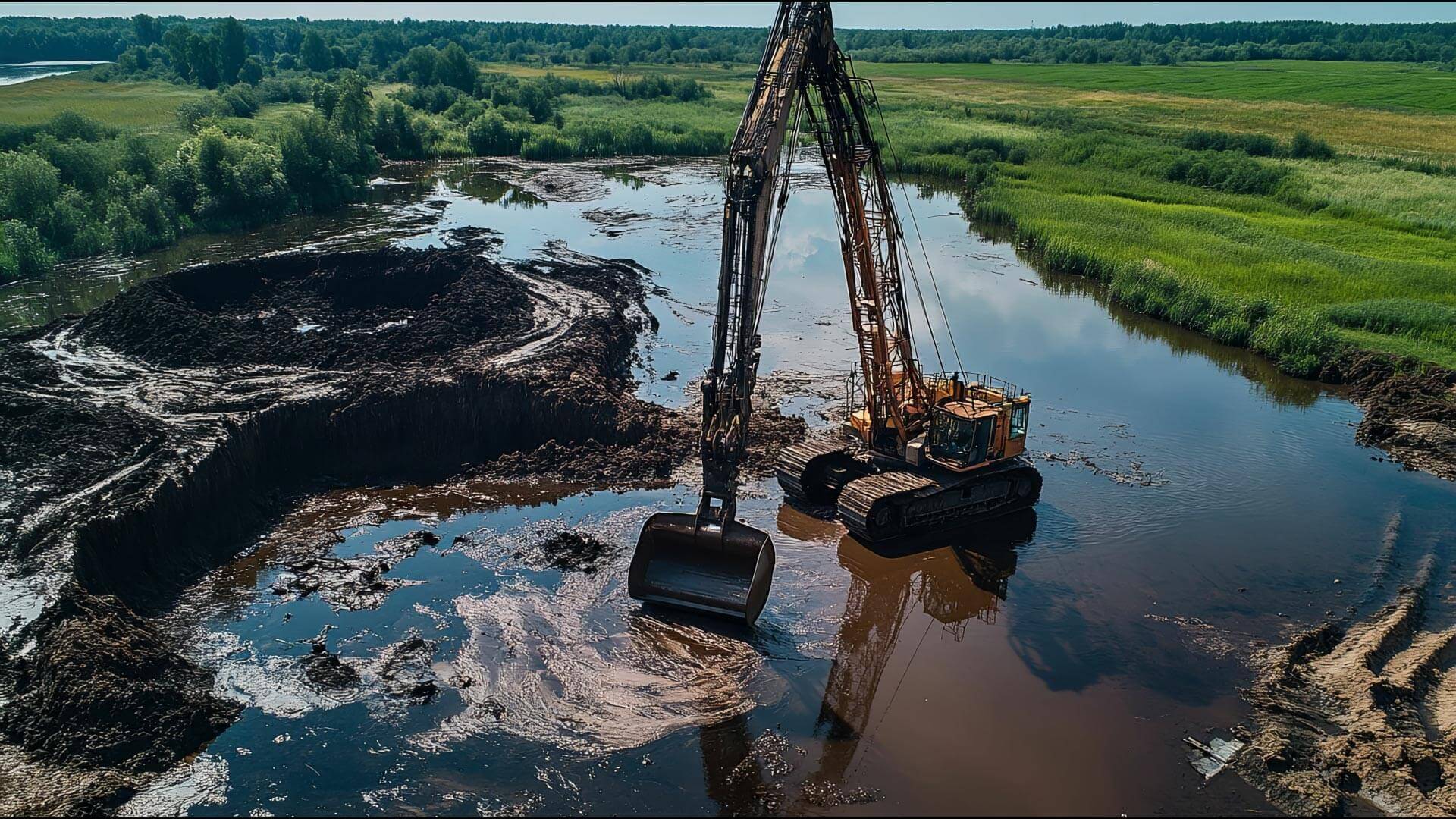
The Advantages of Hydraulic Dredging for Efficient Sediment Removal
Hydraulic dredging is a widely used method for removing sediment and debris from water bodies, offering an efficient and environmentally friendly solution for maintaining waterways, ports, and industrial facilities. Unlike mechanical dredging, which relies on physical digging and lifting, hydraulic dredging employs a more advanced approach by utilizing powerful suction pumps to extract sediment in the form of slurry. This slurry is then transported through pipelines to designated disposal or processing areas. The hydraulic dredging process ensures high precision and minimal disruption to the surrounding environment, making it an ideal choice for a variety of applications.
A significant advantage of hydraulic dredging is its ability to handle large volumes of sediment efficiently. Whether clearing a harbor to accommodate shipping vessels or restoring wetlands, the method provides unmatched scalability and adaptability. Additionally, advancements in hydraulic dredging equipment have further enhanced its effectiveness, allowing operators to tackle even the most challenging dredging projects with ease.
Efficient sediment removal is critical for maintaining navigable waterways, supporting commercial activities, and preventing environmental degradation. By streamlining sediment management, the hydraulic dredging process offers a cost-effective and sustainable approach to preserving aquatic ecosystems and ensuring smooth operations in industrial and commercial sectors.
What Is Hydraulic Dredging?
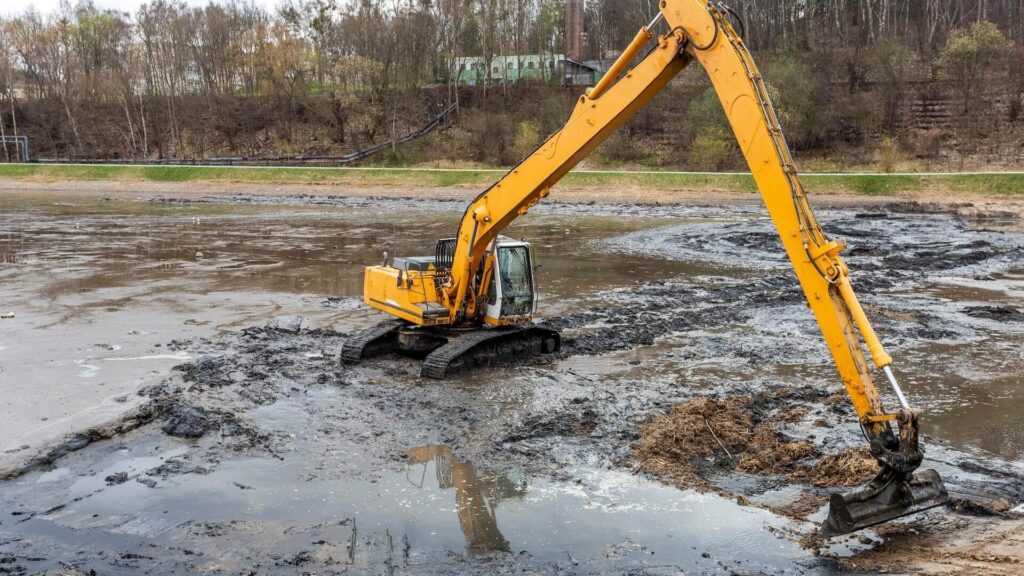
Hydraulic dredging is a specialized technique for removing sediment, silt, and debris from water bodies using high-powered pumps and suction systems. This method involves the hydraulic dredging process, where sediment is loosened and mixed with water to form a slurry. The slurry is then suctioned through pipelines and transported to a designated disposal site or used for land reclamation and other purposes. The process is efficient, cost-effective, and versatile, making it a preferred choice for numerous dredging applications.
The hydraulic dredging process revolves around its core components, which include dredge pumps, hoses, and pipelines. Dredge pumps are the powerhouse of the operation, designed to handle high volumes of sediment-laden slurry efficiently. Hoses and pipelines act as conduits, transporting the slurry over long distances, whether to nearby containment areas or remote sites. Each piece of hydraulic dredging equipment plays a crucial role in ensuring the process runs smoothly, with minimal interruptions.
Hydraulic dredging is widely used in various applications, including maintaining navigable waterways, deepening ports and harbors, and restoring wetlands. It is also employed in mining operations and environmental projects to remove contaminated sediments and improve aquatic ecosystems. Unlike traditional mechanical methods, hydraulic dredging is less invasive and better suited for projects requiring the removal of large sediment volumes over extended distances.
The advancements in hydraulic dredging equipment have further improved its efficiency, enabling operators to adapt to challenging site conditions and complex projects. By integrating precision and high-capacity capabilities, hydraulic dredging has become an indispensable solution for industries looking to manage sediment effectively while minimizing environmental impacts. This method continues to support industrial and environmental initiatives globally, ensuring waterways remain functional and ecosystems are preserved.
Key Advantages of Hydraulic Dredging
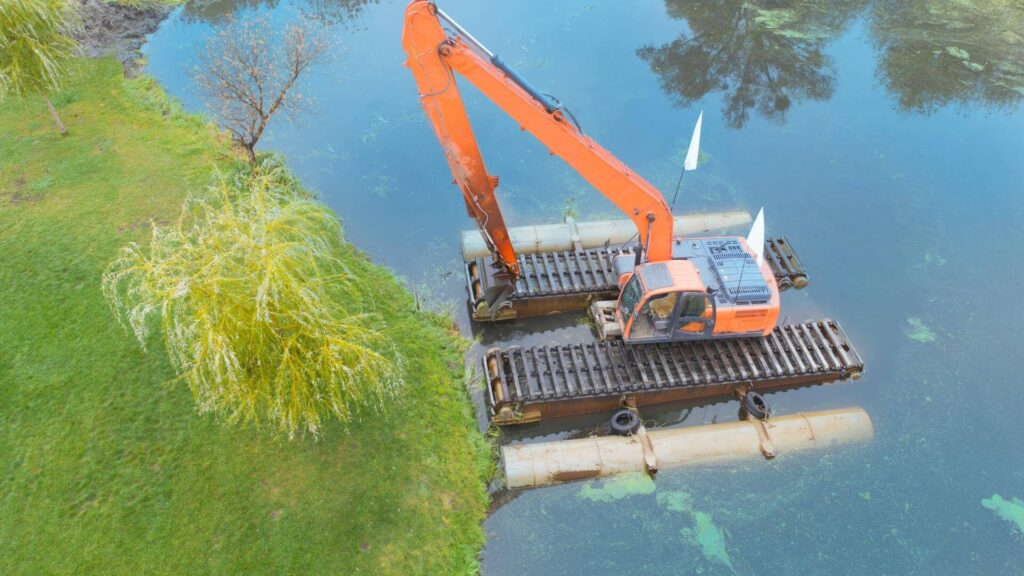
Hydraulic dredging offers numerous advantages over traditional dredging methods, making it a preferred choice for sediment removal in various industries. Its combination of efficiency, cost-effectiveness, environmental compatibility, and versatility has revolutionized the way dredging projects are executed.
Efficiency in Sediment Removal
One of the primary benefits of hydraulic dredging is its ability to achieve high removal rates compared to mechanical dredging. The hydraulic dredging process uses powerful suction pumps to extract sediment efficiently, enabling operators to handle large-scale projects with ease. Whether it’s clearing ports, maintaining waterways, or executing environmental restoration, the method excels in projects requiring significant sediment volume removal.
Cost-Effectiveness
Hydraulic dredging is also highly cost-effective. By leveraging advanced hydraulic dredging equipment, sediment can be transported over long distances through pipelines, reducing reliance on costly hauling methods. Additionally, the process minimizes the need for manual labor, further lowering operational expenses while maintaining productivity.
Environmentally Friendly
The hydraulic dredging process is designed to minimize environmental disruption. Unlike mechanical methods, it reduces sediment resuspension and prevents significant air or noise pollution. This makes hydraulic dredging an excellent choice for projects in environmentally sensitive areas, such as wetland restoration or contaminated sediment removal.
Flexibility and Versatility
Hydraulic dredging is highly adaptable to a wide range of site conditions. Advanced equipment can be configured to operate effectively in both shallow and deep water environments, ensuring optimal performance for diverse project needs. This flexibility makes it suitable for a broad spectrum of applications, from industrial sediment management to large-scale marine dredging projects.
By combining these advantages, hydraulic dredging stands out as a reliable, sustainable, and efficient method for sediment removal in today’s demanding industrial and environmental landscape.
The Role of Hydraulic Dredging Equipment
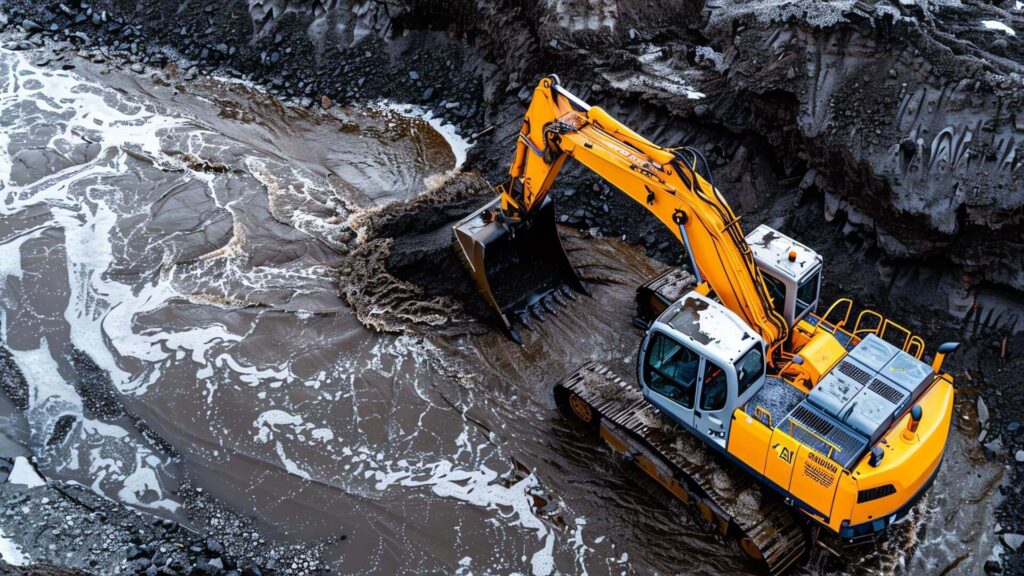
Hydraulic dredging relies heavily on specialized equipment designed to streamline the sediment removal process. Its effectiveness depends on the right combination of tools, including dredge pumps, pipelines, and auxiliary components, which work together to ensure efficiency, precision, and durability.
Powerful dredge pumps are key components of hydraulic dredging equipment. Two commonly used types are cutter suction dredges and hopper dredges. Cutter suction dredges are equipped with rotating cutting heads that break up compacted sediment, making it easier to suction and transport. Hopper dredges, on the other hand, are self-contained units ideal for offshore and deep-water dredging projects. Sediment is stored in onboard hoppers for transportation.
Selecting the right hydraulic dredging equipment is crucial for any project’s success. Factors such as sediment type, site conditions, and project scale significantly determine the equipment configuration. For instance, shallow water projects may require portable dredges, while large-scale operations benefit from high-capacity pumps and longer pipeline systems. Proper equipment selection ensures that the hydraulic dredging process runs efficiently and meets project goals without unnecessary delays or costs.
Recent innovations in hydraulic dredging equipment have further enhanced its performance and durability. Advances in materials and pump design have improved wear resistance and reduced maintenance needs, while automated systems and remote monitoring tools have increased operational precision. These technological improvements ensure that the hydraulic dredging process remains cost-effective and sustainable, even for the most challenging projects.
By integrating these advancements, hydraulic dredging continues to evolve, providing industries with robust and reliable tools for efficiently removing sediment.
The Hydraulic Dredging Process Explained
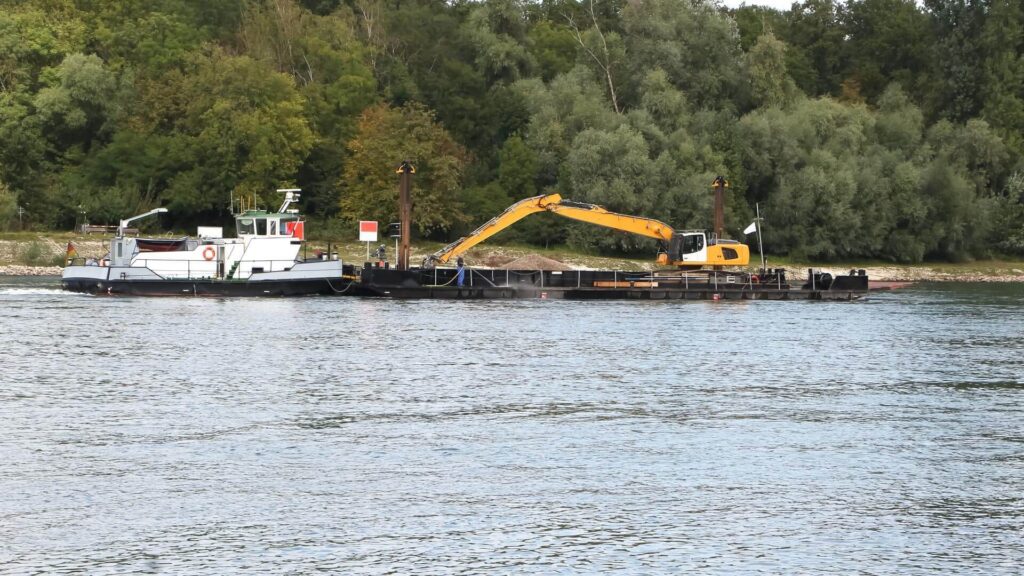
The hydraulic dredging process is a methodical and efficient approach to sediment removal designed to handle both simple and complex dredging projects. The following steps outline how the process works:
- Initial Site Survey and Sediment Analysis
The process begins with a detailed site survey to assess the area and identify sediment types, volumes, and environmental considerations. This analysis ensures that the right hydraulic dredging equipment is selected and that the project complies with local regulations. - Deployment of Dredging Equipment
Once the survey is complete, specialized hydraulic dredging equipment, such as dredge pumps, pipelines, and cutting heads, is deployed. The equipment configuration is tailored to the site’s unique conditions, ensuring optimal performance throughout the project. - Sediment Suction and Transportation via Pipelines
The hydraulic dredging process utilizes suction pumps to extract sediment, mixing it with water to create a slurry. This slurry is then transported through pipelines to designated areas, which can range from nearby containment sites to distant reclamation zones. - Sediment Disposal or Reuse
The extracted sediment can either be safely disposed of or repurposed for applications such as land reclamation, beach nourishment, or environmental restoration, contributing to sustainable project outcomes. - Addressing Challenges in the Process
Hydraulic dredging may face challenges such as pipeline clogs, sediment resuspension, or equipment wear. These are addressed through proper planning, routine maintenance of hydraulic dredging equipment, and advancements in technology, ensuring minimal disruptions during operations.
By following this structured approach, the hydraulic dredging process ensures efficiency, precision, and adaptability, making it an indispensable method for modern sediment removal projects.
Applications of Hydraulic Dredging
Hydraulic dredging is a versatile solution used across a variety of industries, providing efficient sediment removal and management for different project types. Its ability to adapt to unique site conditions makes it an indispensable technique in several key applications.
1. Maintenance of Navigable Waterways
Hydraulic dredging is critical to maintaining ports, harbors, and rivers. Over time, sediment buildup can restrict navigation and impede the flow of commercial and recreational vessels. The hydraulic dredging process efficiently removes this sediment, ensuring waterways remain deep enough for safe navigation. By utilizing advanced hydraulic dredging equipment, operators can quickly clear large volumes of sediment, preventing downtime and ensuring smooth operations in busy ports and harbors.
2. Environmental Restoration Projects
This method is widely used in environmental restoration projects, such as wetland rehabilitation and the removal of contaminated sediment. The precision offered by the hydraulic dredging process minimizes disruption to surrounding ecosystems, making it a preferred choice for projects in environmentally sensitive areas. Sediment removed during these projects can often be repurposed for ecological restoration, further enhancing sustainability.
3. Industrial Uses
Hydraulic dredging is essential for industries such as mining, construction, and land reclamation. In mining, it helps extract valuable materials from waterbeds. In construction and land reclamation, hydraulic dredging equipment removes sediment and transports it to create new land or support infrastructure projects.
From maintaining waterways to restoring ecosystems and supporting industrial operations, hydraulic dredging has proven to be a highly effective, versatile, and sustainable sediment removal method.
How Hydraulic Dredging Compares to Other Methods
Hydraulic and mechanical dredging are two common methods for sediment removal. Each has advantages and limitations. Understanding how they compare can help determine the most suitable solution for specific projects.
Comparison with Mechanical Dredging
Mechanical dredging involves physically digging and lifting sediment using heavy machinery, such as clamshells or backhoes. While effective for small-scale projects or those requiring precise sediment placement, it is often slower and less efficient for large-scale sediment removal. Sediment resuspension and noise pollution are more prevalent, and mechanical dredging can also significantly disrupt the surrounding environment.
In contrast, hydraulic dredging is designed for efficiency and minimal environmental impact. Using powerful suction pumps, it can handle large volumes of sediment more quickly and transport it over long distances through pipelines. With advancements in hydraulic dredging equipment, the process has become even more reliable and effective, making it the preferred choice for large-scale or environmentally sensitive projects.
When Hydraulic Dredging Is Preferred
Hydraulic dredging is ideal for projects requiring the removal of significant sediment volumes, such as maintaining navigable waterways or executing land reclamation. It is also the preferred method in areas where minimizing environmental disruption is a priority, such as wetland restoration or contaminated sediment removal. Hydraulic dredging equipment’s versatility allows it to adapt to varying site conditions, further enhancing its appeal over mechanical methods.
Hydraulic dredging is often the optimal solution for modern sediment removal needs because it is more efficient and offers environmental benefits.
Conclusion
Hydraulic dredging has emerged as a superior method for efficient and sustainable sediment removal. Its key advantages high removal rates, cost-effectiveness, minimal environmental disruption, and versatility make it ideal for a wide range of applications, from maintaining navigable waterways to restoring sensitive ecosystems and supporting industrial operations. By leveraging the hydraulic dredging process, operators can handle large-scale sediment removal projects with precision and efficiency, ensuring long-term benefits for the environment and the economy.
The success of hydraulic dredging lies in the seamless integration of the right hydraulic dredging equipment. Whether it’s cutter suction dredges for compacted sediment or pipelines for long-distance slurry transportation, the proper equipment configuration enhances the efficiency, durability, and overall effectiveness of the dredging process. With continuous advancements in equipment design and technology, hydraulic dredging continues to evolve, offering even greater operational benefits and adaptability to diverse site conditions.
For businesses and organizations facing sediment management challenges, hydraulic dredging presents a reliable, cost-effective, and environmentally conscious solution. By choosing the right combination of hydraulic dredging equipment and following a well-planned hydraulic dredging process, projects can be completed with precision, minimal delays, and optimal results.
Consider hydraulic dredging for your sediment removal needs to ensure sustainable and efficient outcomes that meet the demands of today’s industrial, environmental, and commercial landscapes. It’s the key to maintaining functional waterways and fostering a healthier environment for future generations.


